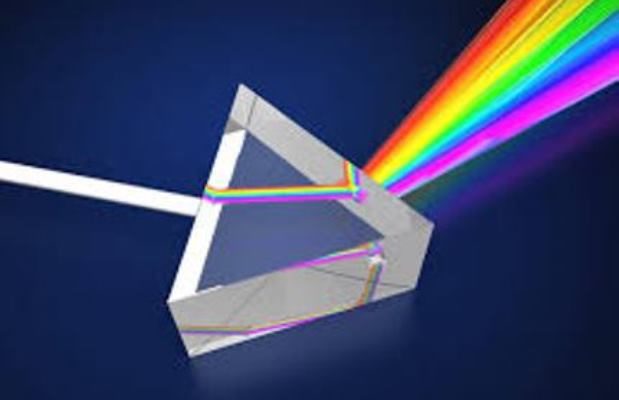Unlocking new frontiers in security and medical diagnostics
An international team of engineers and physicists has made a groundbreaking advancement in spectroscopy by harnessing the power of quantum light. Their innovative technique, published in Science Advances, enhances time-domain spectroscopy, making it twice as sensitive as previous methods. This breakthrough could revolutionize applications in security, environmental monitoring, and medical diagnostics, including early disease detection.
RELATED: ABLATOM launches first biomedical LIBS microscope in a hospital setting
A New Era for Time-Domain Spectroscopy
Time-domain spectroscopy is a powerful technique that uses ultra-short pulses of laser light to analyze the molecular composition of materials over time. It has been instrumental in fields ranging from material science to medical research. Notably, recent research by 2023 Nobel Prize winner Ferenc Krausz demonstrated its potential in detecting early signs of diseases like cancer in blood samples.
However, conventional time-domain spectroscopy relies on classical light sources, which are fundamentally limited by ‘shot noise’—a quantum property that restricts the resolution of measurements. Once the signal becomes overwhelmed by this noise, further refinement of data becomes impossible.
To overcome this limitation, the research team introduced a quantum-enhanced method that leverages pairs of entangled laser pulses. These twinned pulses interact with infrared electric fields in a way that cancels out the shot noise, revealing previously hidden signals. As a result, the new approach achieves a 50% reduction in noise, effectively doubling the sensitivity of the spectroscopy process.
Potential Applications: Security, Medical Diagnostics, and Environmental Monitoring
This breakthrough opens up new possibilities across multiple industries. According to Professor Matteo Clerici of the University of Glasgow’s James Watt School of Engineering and the University of Insubria, the technology could lead to significant advancements in:
- Medical Diagnostics: More precise detection of molecular changes in blood samples, enabling earlier diagnosis of diseases like cancer.
- Security & Threat Detection: Identifying trace amounts of explosives or hazardous substances in the atmosphere with greater accuracy.
- Environmental Science: Monitoring pollutants and contaminants at previously undetectable levels.
Professor Clerici, the corresponding author of the study, emphasized the impact of this work:
“Although the technology is still developing, in the future, time-domain spectroscopy could help us better understand what materials are made of, detect contaminants, or even probe for serious diseases in patients’ blood samples. Our research demonstrates how quantum measurement techniques can dramatically improve sensitivity, and we are excited to explore further enhancements.”
Next Steps: Pushing Quantum Spectroscopy Even Further
The team, including researchers from Loughborough University and the University of Strathclyde, is now focusing on integrating interferometry techniques—similar to those used in gravitational wave detection—to push the limits of sensitivity even further.
PhD students Dionysis Adamou and Lennart Hirsch from the University of Glasgow played key roles in the development of the technique, which was supported by funding from Innovate UK, UK Research and Innovation (UKRI), the Engineering and Physical Sciences Research Council (EPSRC), the Defence Science and Technology Laboratory (DStl), the Royal Academy of Engineering, the Leverhulme Trust, the devcOM US Army Research Office, and the European Commission.
As quantum-enhanced spectroscopy continues to evolve, it holds the potential to reshape scientific research, industrial applications, and healthcare by providing an unprecedented level of molecular precision.






























